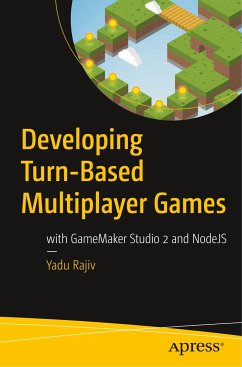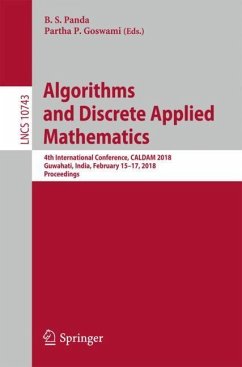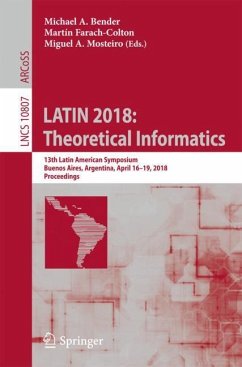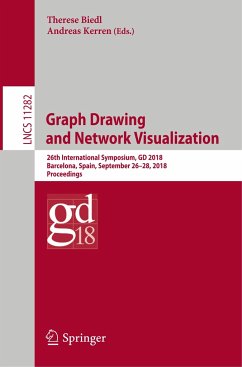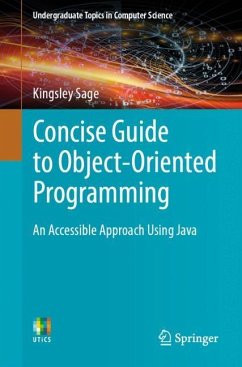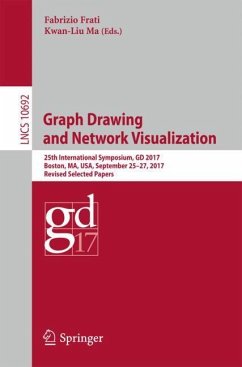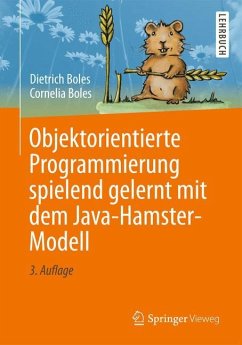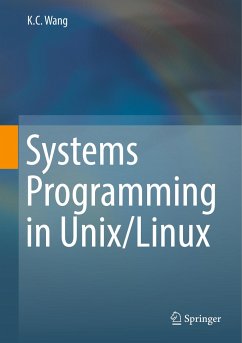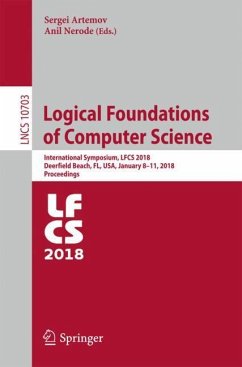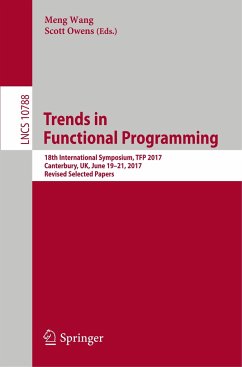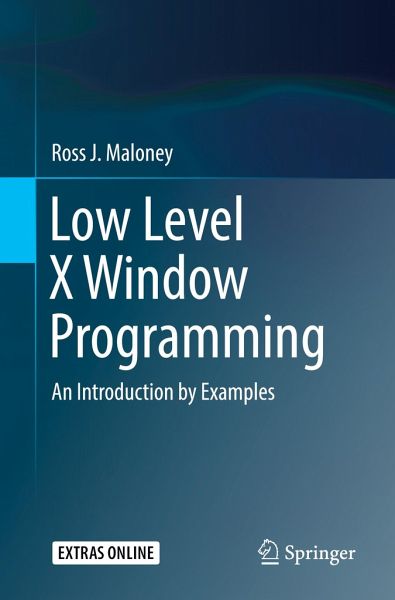
Low Level X Window Programming
An Introduction by Examples

PAYBACK Punkte
25 °P sammeln!
This is the missing X Window book. While others have shown what the X Window system has available, this book shows how to convert this potential into working tools to fulfil your visualisation needs. It is of the show-me class of books.The majority of the book covers Xlib, although a short coverage of Xcb is also given. Included are:. The relationship between Xlib and the X Window protocol;. All the basic Xlib topics are covered;. Complete working programs with their results;. Exercises to reinforce the material just covered. A 9 part partition to building a complete X program is used througho...
This is the missing X Window book. While others have shown what the X Window system has available, this book shows how to convert this potential into working tools to fulfil your visualisation needs. It is of the show-me class of books.
The majority of the book covers Xlib, although a short coverage of Xcb is also given. Included are:
. The relationship between Xlib and the X Window protocol;
. All the basic Xlib topics are covered;
. Complete working programs with their results;
. Exercises to reinforce the material just covered.
A 9 part partition to building a complete X program is used throughout. This partitioning fosters the inclusion of all code necessary. All programs are written in C and are one to four pages in length. Open source programs with the occasional Postscript script are shown to provide support as needed. Throughout the examples consideration is given to using colour. The examples produce simple results with the aim of providing building blocks for application oriented codes.
The book is directed at graduate students and researchers who create computer code to visualise their data.
The majority of the book covers Xlib, although a short coverage of Xcb is also given. Included are:
. The relationship between Xlib and the X Window protocol;
. All the basic Xlib topics are covered;
. Complete working programs with their results;
. Exercises to reinforce the material just covered.
A 9 part partition to building a complete X program is used throughout. This partitioning fosters the inclusion of all code necessary. All programs are written in C and are one to four pages in length. Open source programs with the occasional Postscript script are shown to provide support as needed. Throughout the examples consideration is given to using colour. The examples produce simple results with the aim of providing building blocks for application oriented codes.
The book is directed at graduate students and researchers who create computer code to visualise their data.



